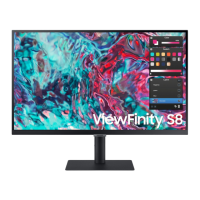
Do you have a question about the Samsung S27B80 T Series and is the answer not in the manual?
General warnings and cautions for safe usage of the product.
Information regarding electrical hazards and safe connection practices.
Instructions and precautions for setting up the product.
Guidance on using the product and important operating warnings.
Steps and precautions for cleaning the monitor screen and exterior.
Recommendations for maintaining proper posture while using the monitor.
Steps and guidance for physically installing the monitor.
Detailed instructions for assembling and attaching the monitor stand.
Safety guidelines and best practices for moving the monitor.
Information on necessary clearances for proper ventilation and product placement.
How to adjust the monitor's tilt and height for optimal viewing.
Instructions on how to safely rotate the monitor for different orientations.
How to use an anti-theft locking device for security.
Details on VESA mounting compatibility and screw specifications.
Important steps and checks before connecting the monitor to a source device.
Description and function of each connection port on the monitor.
Methods for connecting the monitor to a personal computer via HDMI or HDMI-DVI.
Guide to connecting the monitor using Thunderbolt 4 or USB Type-C cables.
How to set up a dual monitor display using daisy chaining.
Instructions for connecting headphones or earphones to the monitor.
Steps for connecting the monitor to a power source.
How to connect devices to the monitor to use it as a USB hub.
Guide to organizing connected cables neatly using the stand's features.
How to set the best display resolution for optimal picture quality.
List of compatible graphics cards for HDR10 support.
Options for adjusting picture quality, modes, and custom settings.
Detailed description of various picture modes like Dynamic, Standard, and Movie.
How to adjust brightness and contrast for optimal viewing experience.
Adjusting sharpness, color saturation, tone, gamma, and contrast enhancement.
Automatically balances contrast for better distinction between bright and dark areas.
Adjusting black level for image quality and configuring game mode settings.
How to accelerate panel response rate for vivid video playback.
Changing picture size and adjusting screen position for optimal display.
Settings for Adaptive Picture, Min. Backlight, and Eye Saver Mode for visual comfort.
How to use Picture-in-Picture (PIP) and Picture-by-Picture (PBP) modes.
Selecting the position for the sub-screen in PIP and PBP modes.
Choosing input sources and sound output for different screens.
Adjusting screen ratio for specific resolutions and modes in AV input.
Fine-tuning the contrast level for better image clarity.
Customizing transparency, position, language, and display time of on-screen menus.
Configuration options for volume, power saving, and timers.
How to reduce power consumption using Eco Saving Plus modes (Auto, Low, High).
Setting automatic power-off timers for energy saving.
Setting PC/AV modes and selecting HDMI input version for compatibility.
Automatic source switching and adjusting button response time.
Configuring the power LED status indicator (Working or Stand-by).
Customizing settings for high contrast, grayscale, and color inversion.
Setting up custom keys and optimizing brightness with Eco Sensor Mode.
Enabling maximum power saving by turning off Ethernet.
Guide to installing and using the Easy Setting Box software.
Potential issues and factors affecting software installation.
Hardware and OS requirements for installing the software.
Steps to download and install the latest product drivers for optimal performance.
Preliminary checks and self-diagnosis steps before contacting customer service.
Using self-diagnosis to check for screen-related issues.
Troubleshooting display issues related to unsupported resolution or frequency.
Common checks for issues like popping sounds and installation problems.
Resolving common screen problems like no image, distortion, blurriness, or unstable display.
Troubleshooting no sound, low volume, or sound missing during video playback.
Addressing issues like beeping sounds during PC booting.
Frequently asked questions regarding frequency, resolution, and power-saving modes.
Details on model name, size, display area, pixel pitch, power supply, and connectors.
Table listing supported resolutions, frequencies, and sync polarities.
Conditions under which service charges may apply, even if under warranty.
Situations not considered product defects, such as cleaning or adjustments.
Types of product damage resulting from mishandling or improper use.
Situations like natural disasters or requests for third-party product support.
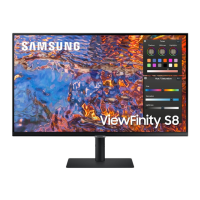

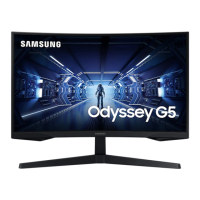
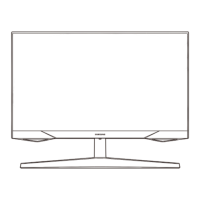
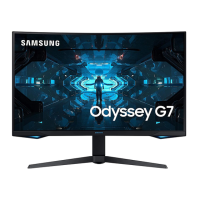
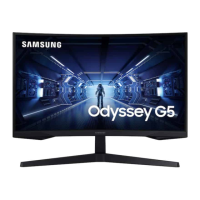
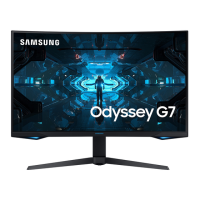
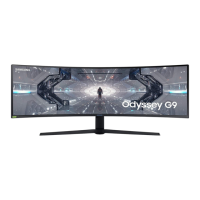

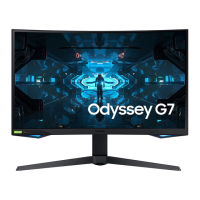
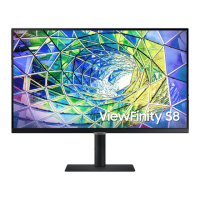
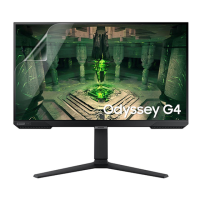
